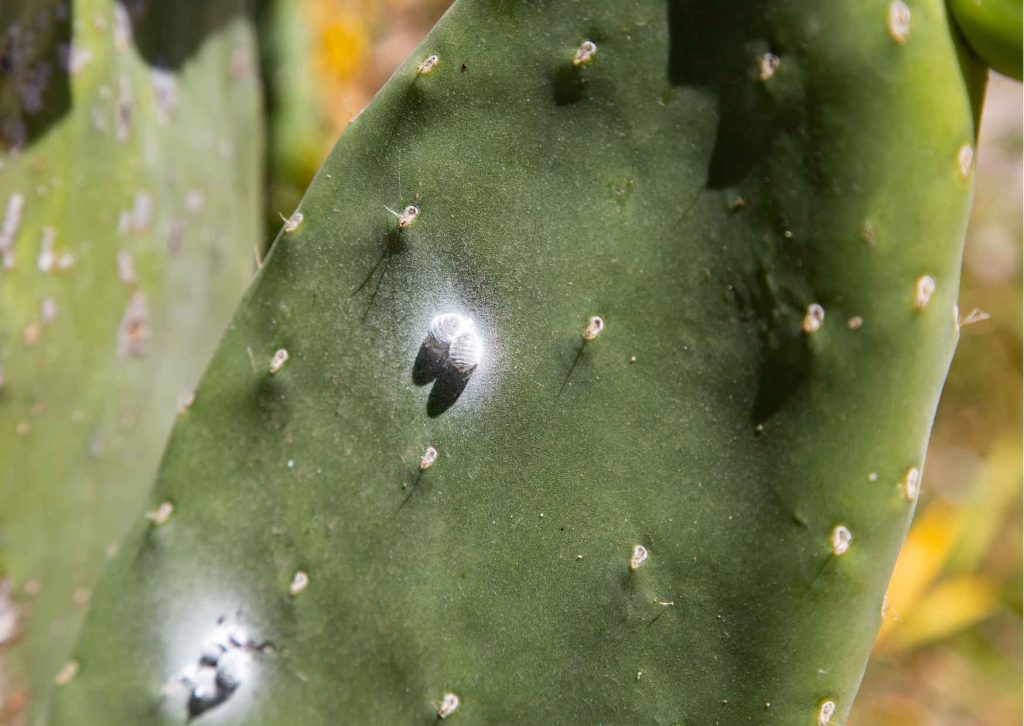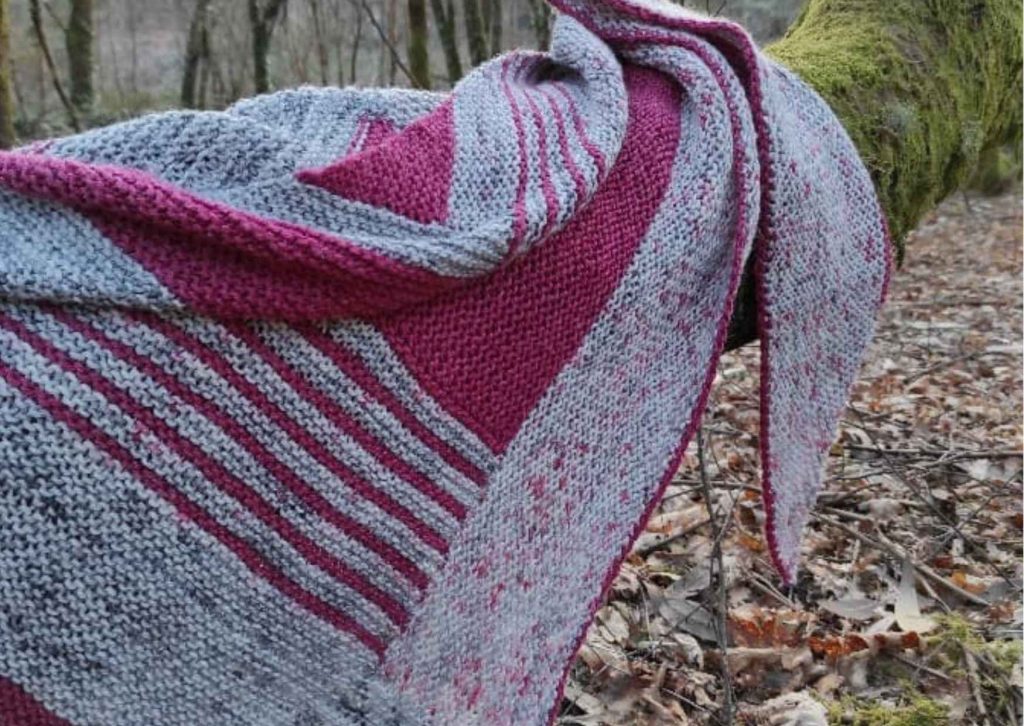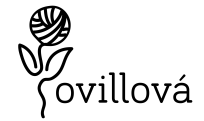Cochineal, a Mexican insect that changed the history of dyes
Have you ever wondered where that bright red color found on Persian rugs, typical English army fatigues and many other items of clothing comes from?

The answer lies in a small insect known as the cochineal, whose pigment has been used for centuries to dye fabrics and leathers.
Cochineal is an insect native to Mexico that has been cultivated and used by pre-Hispanic peoples for hundreds of years.
The ancient Mexicans called it “nopalxochitl”, which means “nopal flower”, since the cochineal feeds exclusively on the sap of this plant.
Although cochineal was known to pre-Hispanic peoples, its use as a dye did not become popular until the arrival of the Spanish in Mexico.
The conquistadors realized the value of the cochineal pigment and took it back to Europe, where it became a highly coveted product.
Cochineal, a valuable resource in international trade
In Europe, cochineal dye became a real sensation. Weavers and dyers of the time were fascinated by the bright red color produced by cochineal and quickly began to use it in their fabrics.
Cochineal dye became a very valuable product and its trade had important economic benefits for the countries that produced it.
Spain became one of the main producers of cochineal in Europe and monopolized its trade for many years.
Cochineal was such a valuable resource that the Spanish prohibited its export to other countries, which caused important commercial conflicts.

Cochineal dyeing, a sustainable alternative
Today, cochineal dye is still highly appreciated by dyers and textile artisans around the world.
However, its production has become more sustainable and responsible cultivation has been initiated in different countries.
Cochineal dye is an environmentally friendly alternative to synthetic dyes, as it does not generate toxic residues or pollutants.
In addition, cochineal is grown sustainably, making it a renewable and environmentally friendly resource.
How to dye with cochineal. We show you step by step how to use it with our wool.
To dye with cochineal, it is first necessary to obtain the pigment from this natural raw material. The process is quite laborious and requires some preparation.
We start by crushing the dried cochineal insects and stirring them in water to extract their pigment.
Once we have the pigment, we use it to dye our wool.
To dye with cochineal, we previously prepare a solution with the pigment and mordant that we are going to use.
The mordant is a substance added to the fiber to fix the color permanently.
It is important to follow the instructions of the mordant to be used, since its process varies depending on the type.
Subsequently we submerge the wool in the solution of dye and mordant for a determined time, depending on the intensity of the color that we wish to obtain.

Once submerged for the necessary time, remove the wool from the solution and rinse it with cold water until it comes out clean.
Afterwards, we either dry it in the open air or indoors at room temperature.
In summary, the history of cochineal dye is an example of the value and importance of natural dyes throughout history.
Although synthetic dyes are currently more common and economical, natural dyes are experiencing a resurgence due to the growing demand for sustainable and eco-friendly options.
Cochineal is an example of how cultural and sustainable practices can work together to create a more just and sustainable future.

I hope you enjoyed this article!
If you liked it, feel free to share it with your friends and on your social networks and if you have any questions or comments, leave them in the comments section below.
We’d love to hear from you!




